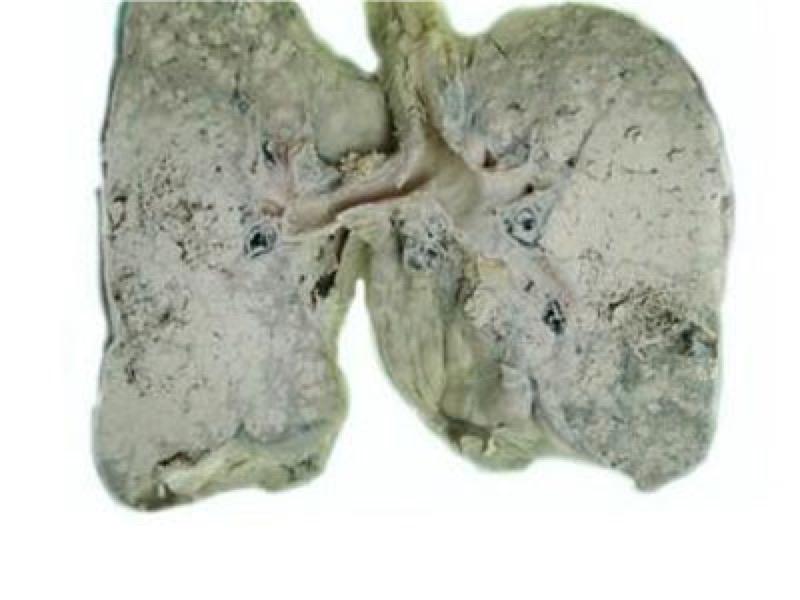How to diagnose pancreatic cancer
In order to better determine whether the patient has pancreatic cancer disease, the patient can go to the hospital for detailed examination. The patient can make a preliminary judgment on the symptoms through physical examination, and then the diagnosis can be confirmed by imaging examination, which includes B-ultrasound examination, CT examination, MRCP examination and upper gastrointestinal angiography.

as a malignant tumor disease, Patients need to take reasonable chemotherapy and radiotherapy measures for diagnosis and treatment after they appear, otherwise the tumors in the body will grow rapidly, and even spread and metastasize. Will cause the disease to worsen. Therefore, before the disease occurs, the disease needs to be diagnosed. So how to diagnose pancreatic cancer?
First, physical examination
Confirmed diagnosis of pancreatic cancer, patients can undergo physical examination. During physical examination, patients generally do not have specific signs, unless they are in the developmental stage or late stage, they will have obvious physical differences. In addition, after pancreatic cancer, the patient will have obvious symptoms of jaundice, the skin of the whole body will be yellowed, and the color of the stool will become white and the urine will yellow, and the patient''s skin will be itchy sense. When touching the abdomen of a pancreatic cancer patient, a lump appears.
Second, image examination
1, B-ultrasound examination
Confirming the diagnosis of pancreatic cancer, using B-ultrasound examination is the most accurate and obvious of. This method of examination is very simple and has no damage to the patient or radioactivity. B-ultrasound examination can examine the internal structure of the pancreas in the patient''s body to see if there is obstruction in the biliary tract, whether there is a obstruction site and the cause of the biliary obstruction. However, when performing B-ultrasound examination, its detection position has limitations, and it is easy to ignore the examination of the pancreas and stomach.
2. CT examination
CT examination can diagnose pancreatic cancer and determine its stage. This is the best non-invasive imaging method for pancreatic examination today. The size and location of the patient’s lesion can be checked by CT examination, but the lesion of the pancreas can not be determined. The examination of the relationship between the tumor and its surrounding structures must be enhanced to perform scanning to better see the size of the pancreatic tumor. form.
3. Upper gastrointestinal angiography
Upper gastrointestinal angiography can examine some patients with advanced pancreatic cancer, and understand the incidence of pancreatic cancer by understanding the compressed part of the gastrointestinal part Situation, to determine whether there is a specific occurrence.
4. MRCP test
This test method is not the first way to check pancreatic cancer. But when patients are allergic to CT-enhanced contrast media, they can use MR instead of CT for scan diagnosis and clinical disagreement. At the same time, the patient uses MRCP to check whether the patient''s biliary tract is obstructed.
Related Articles

- Early symptoms of lung cancer
- 2020-12-17

- Early Signs of Bladder Cancer
- What are the early symptoms of bladder cancer?
- 2020-12-17

- Is metastatic carcinoma easy to metastasize
- Once the cancer has metastasized, it will be very difficult to cure, because many people have lost their lives because of the emergence of cancer, so most people think that cancer is an un
- 2020-08-02

- What does microinfiltrating adenocarcinoma mean?
- Microinfiltrating adenocarcinoma is a type of lung cancer. The reason why it is called microinfiltration means that there is less infiltration around it, which means that it is in the early
- 2020-08-01

- How long can non-small cell adenocarcinoma live
- Adenocarcinoma is one of the most common malignant tumors in the world. Non-small cell adenocarcinoma accounts for about 80% of all adenocarcinomas. About 75% of patients are in the middle
- 2020-08-01

- Hand cancer
- Finger cancer generally refers to the appearance of skin cancer, which is characterized by local cauliflower-like skin and easy bleeding. Finger skin cancer is mostly a malignant tumor that
- 2020-08-01
